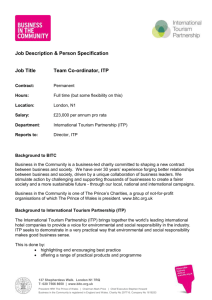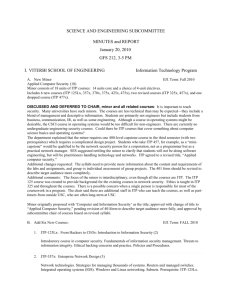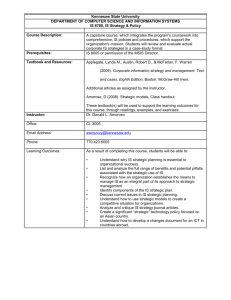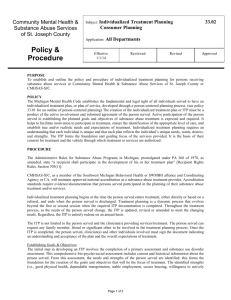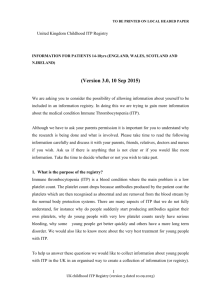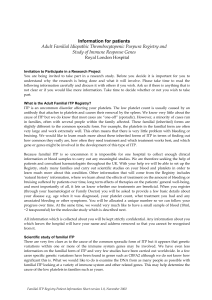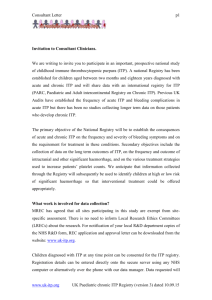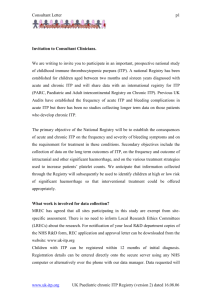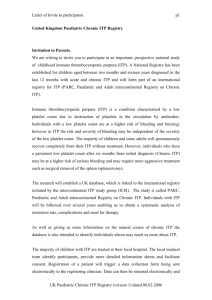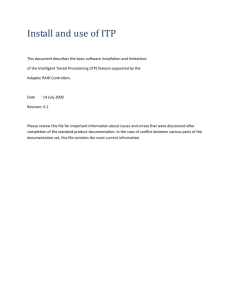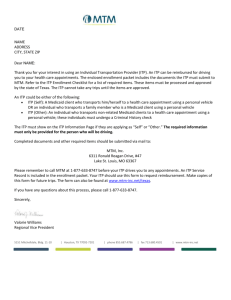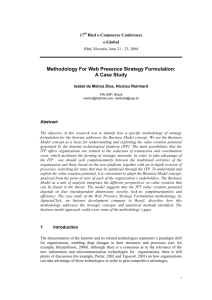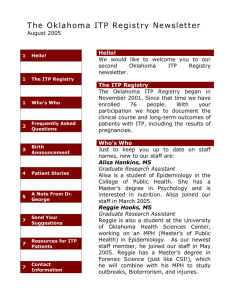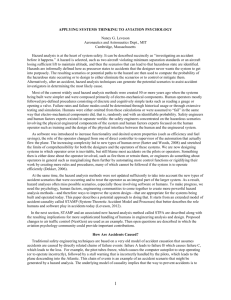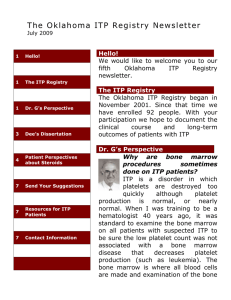Block A - The Dudley Grid For Learning
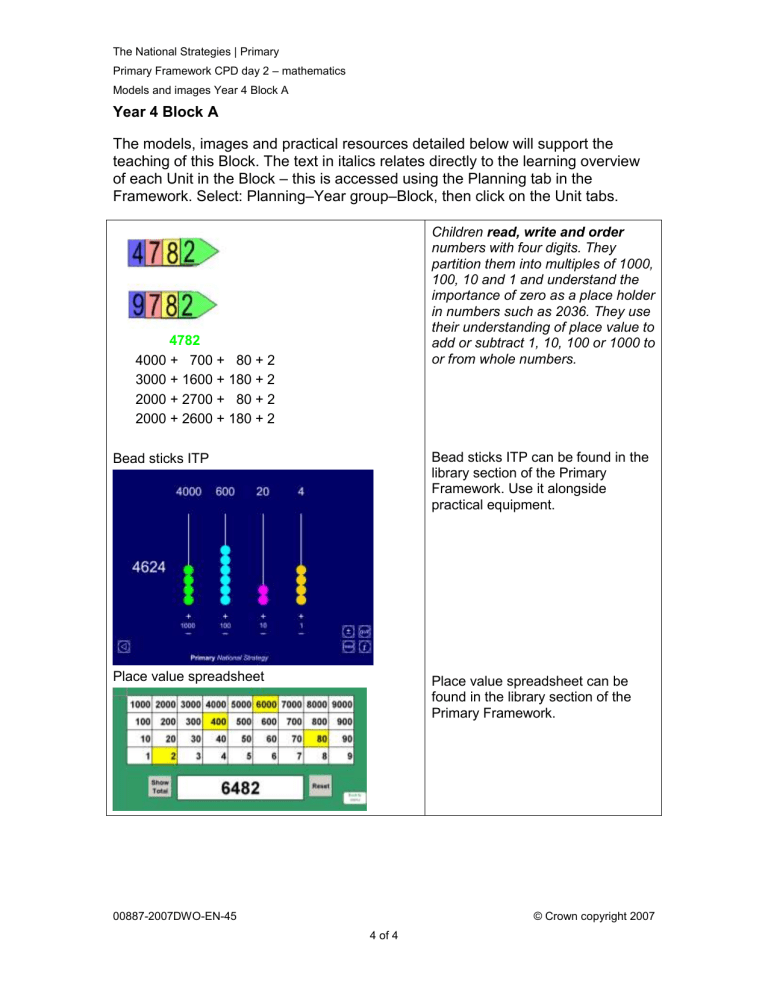
The National Strategies | Primary
Primary Framework CPD day 2
– mathematics
Models and images Year 4 Block A
Year 4 Block A
The models, images and practical resources detailed below will support the teaching of this Block. The text in italics relates directly to the learning overview of each Unit in the Block – this is accessed using the Planning tab in the
Framework. Select: Planning
–Year group–Block, then click on the Unit tabs.
4782
4000 + 700 + 80 + 2
3000 + 1600 + 180 + 2
2000 + 2700 + 80 + 2
2000 + 2600 + 180 + 2
Bead sticks ITP
Place value spreadsheet
Children read, write and order numbers with four digits. They partition them into multiples of 1000,
100, 10 and 1 and understand the importance of zero as a place holder in numbers such as 2036. They use their understanding of place value to add or subtract 1, 10, 100 or 1000 to or from whole numbers.
Bead sticks ITP can be found in the library section of the Primary
Framework. Use it alongside practical equipment.
Place value spreadsheet can be found in the library section of the
Primary Framework.
00887-2007DWO-EN-45
© Crown copyright 2007
4 of 4
The National Strategies | Primary
Primary Framework CPD day 2
– mathematics
Models and images Year 4 Block A
Thermometer ITP
Decreasing number grid spreadsheet
Children recognise and interpret
negative numbers on the number line and in practical contexts, and use this knowledge to solve problems. For example, they read positive and negative numbers representing temperatures on a thermometer. They compare temperatures from different places around the world, or from their work in science, and can say which are warmer or colder. They compare
and order positive and negative numbers, and position them on a number line, for example, to identify temperatures that are warmer than
–9 °C but colder than –6 °C. They use the < and > signs to record statements such as –3 < –1 or
–1 > –3.
Thermometer ITP can be found in the library section of the Primary
Framework. Use it alongside practical equipment.
Children count forwards and backwards in steps of equal sizes, starting from a positive or negative number. They count back in fours from 40 and discuss what happens when they reach 0. They predict numbers that will occur in the sequence, using their counting skills to answer questions such as: If I keep on subtracting 3 from 10 will
–13 be in my sequence?
Decreasing number grid spreadsheet can be found in the library section of the Primary
Framework.
They use a calculator to check, recognising how negative numbers appear in the display.
00887-2007DWO-EN-45
© Crown copyright 2007
4 of 4
The National Strategies | Primary
Primary Framework CPD day 2
– mathematics
Models and images Year 4 Block A
Moving digits ITP
Multiplication and division trios spreadsheet
Number dials ITP
Children multiply and divide
numbers up to 1000 by 10 and
then 100. They understand and can explain that when a number is divided by 100 the digits of the number move two places to the right and when a number is multiplied by
100 the digits move two digits to the left. They use a calculator to investigate whether dividing by 10 and then 10 again has the same effect as dividing by 100. They apply their knowledge of multiplying and dividing by 10 and 100 to solve problems involving scaling, such as:
A giant is 100 times bigger than you.
How wide is the giant’s hand span?
How long is the giant’s foot?
Moving digits ITP can be found in the library section of the Primary
Framework. Use it alongside practical equipment to support children’s understanding of place value.
They extend their knowledge of multiplication and division facts to 10 × 10, and use this knowledge and their understanding of place value to begin to multiply and
divide multiples of 10 in examples such as 50 × 6, 90 × 3, 80 ÷ 4,
150 ÷ 3.
Multiplication and division trios spreadsheet can be found in the library section of the Primary
Framework.
Number dials ITP can be found in the library section of the Primary
Framework. Use it alongside practical equipment.
00887-2007DWO-EN-45
4 of 4
© Crown copyright 2007
The National Strategies | Primary
Primary Framework CPD day 2
– mathematics
Models and images Year 4 Block A
Children add and subtract pairs of
two-digit numbers by drawing on their knowledge of place value and number facts. They identify when to use mental strategies such as partitioning or rounding and adjusting. They recognise that
49 + 37 is equivalent to 50 + 37 – 1, or that 98
– 43 can be calculated as
98 – 40 – 3. They record the steps of a mental calculation, for example, on an empty number line, and compare their approach with the approaches used by others.
Children solve puzzles involving addition and subtraction. For example, they use numbers 37, 52,
77 and 87 to satisfy statements such as – = 35, or + = 114.
00887-2007DWO-EN-45
4 of 4
© Crown copyright 2007


